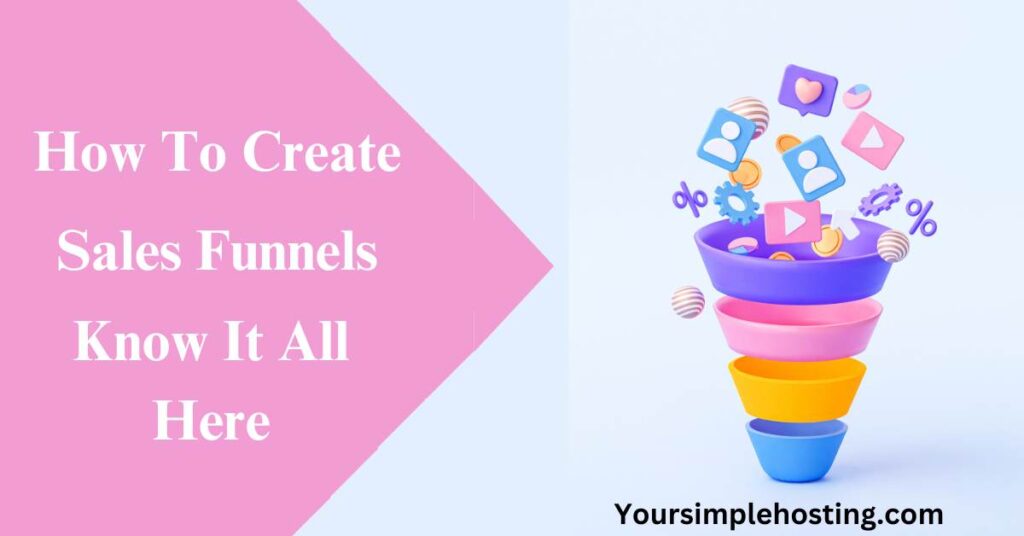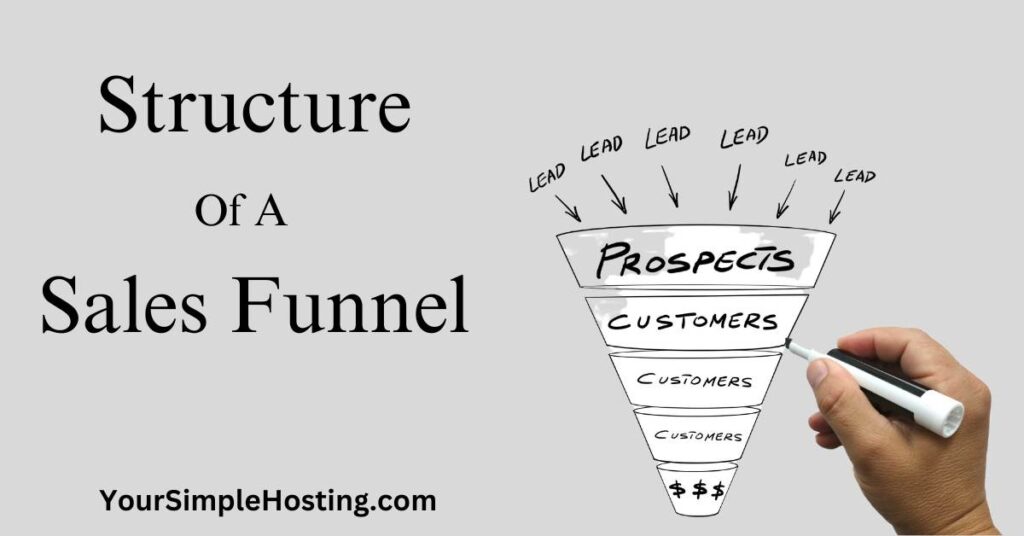If you’re in the digital marketing or online selling space, you most likely have heard people singing the praises of sales funnels. And how they can ‘passively’ earn thousands (or even more) of dollars every month (or even day) through quality sales funnels that keep people buying from their stores.
Building a sales funnel involves creating a powerful marketing campaign and having a solid filtration stage where you sort through warm and cold leads. Next, the qualifying stage is where you can drive up interest in your products, and a final sales asset is where the customer pays and makes the transaction.
It is a powerful tool, but the real strategy is developing a funnel that captures the right audience, delivers what that audience wants, and yields conversions (and profit).

Table of Contents
Function
The underlying principle is straightforward; you reach out to a big audience and have a small (or preferably large) percentage of that audience convert into sales at the end of the day.
Sales funnels (also called conversion funnels) are called ‘funnels’ because they resemble the shape of a funnel when you plan them out on paper. However, its entry point is wide and open, while the other end is much narrower.
Typically, a funnel will take a ‘V’ shape, but some professionals may create one with an ‘X’ shape.
The main difference is that the V-shaped funnels end with the conversion stage (marked by the tip of the V), while in an X-shaped one, the conversion happens at the center, where the two lines intersect. Beyond the intersection point, the inverted ‘V’ highlights post-purchase actions such as requesting referrals or making additional upsells after the initial purchase.
The sales funnel is a testing mechanism at the core of its structure. It is a way for marketers to test whether a certain stimulus (marketing) will lead to a certain output (sales).
If you understand this function, you can use it for various tasks. For instance, the output can be email signups, webinar signups, email conversions, or even how well customers interact with different areas of your website.
Key Components
There are three main components to the funnel. However, I will stick to the V-shaped funnel to understand how you can set one up.
1. Casting the Net
You first need to reach out to the right audience. This can be done through any form of marketing, including content marketing, social media marketing, SEO, PPC, paid ads, or anything else that suits your situation.
2. Warming Leads
Before selling your product, you need to sort through people who want to buy versus those who are there simply because your initial marketing efforts were so good. Again, this can be done in a few different ways, depending on your situation.
The most common strategy is to ask for emails or signups. Serious customers will be willing to share this information. You can use these emails to upsell later or add them to your mailing list.
3. Conversions
Now that you have warm leads, this is the time you want to propose your final offer and get people actually to buy. Remember that even from your pool of warm leads, not 100% will convert; only a small portion will, which is perfectly normal and acceptable.

Structure
Let’s look at how you can build a sales funnel in a real-life situation using only basic assets. These might be ‘basic,’ but they are the same tools and strategies some of the biggest brands and best marketers use to generate revenue.
Landing Page
The best place to attract customers is a landing page. Ideally, when creating your landing page, you want something that will be both mobile and desktop friendly. Keep it visual and only use text where necessary.
Making it interactive through a chatbot or any other means will help gain potential customers’ trust — the easier it is for them to contact you, the more likely they will interact with your content. You can also link to other digital assets like your YouTube channel, where they can consume more of your content.
Marketing
Choosing SEO, content marketing, paid ads, or any other strategy depends on your budget, preferred platform, and what works best for your potential customers. Certain customers will be more receptive to certain kinds of marketing.
Free Value
Presenting a sales page right away will drive traffic away. You first need to provide value. This is usually achieved through a small, free offering, such as an eBook or a recorded webinar, that will develop further interest in your product/services.
Demand Growth
At this stage, you know the people are interested. You can use this opportunity to further educate your customers on what you offer to pique their interest. This is an optional stage but a recommended one.
Working on demand growth will improve your conversion rates in the last stage, as buyer interest will be higher.
Conversion
Finally, you want to present your sales page. This is where the actual transaction happens. This could be through your eComm storefront, a Facebook store, or a regular website transaction page. Here you want to ensure you pay a lot of attention to privacy and security for your and your customers’ safety.
Conclusion
Building a sales funnel isn’t a difficult task to get started with, but making one that earns you a lot of money can be challenging. There are several variables along the way, and only through testing will you understand what works best for your audience and your business.
It is a process of continuous improvement and change. Once you have a solution that works well, your next aim should be to increase the volume of the funnel so you can multiply your earnings using the same or a similar funnel.

Leave a Reply